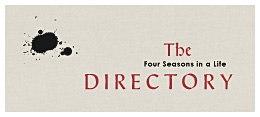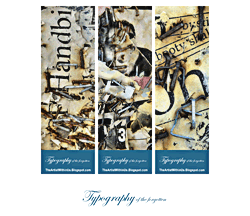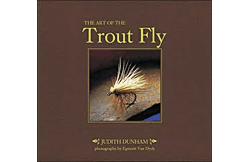This weekend marks forty years since the Woodstock happening. To mark this occasion there have been numerous specials on television and to my best recollection, there will be a few more specials. Though I never attended Woodstock, I grew up during the psychedelic period and I was never far away from the Haight and Asbury district, the happening in the Golden Gate Park known as Be-Ins, or the idealism that we embraced.
In spirit of the psychedelic times and the many posters post cards I collected of the Fillmore Auditorium and still have and are safely tucked away, I decided to pull a number of photographs taken back in 2005 of a single wall in the city of Berkeley. This wall was covered from top to bottom; side to side with all kinds of posters and these digital photographs reflect the times of forty years ago. I recollect the wall held my attention and interest for hours. These posters ranged in subject matter from political, a few which were defaced with passerby comments; to others announcing new CD releases by rap artists and a small number of others advertised upcoming concerts. Some were partially ripped by those trying to remove them for their collection, only ending up in failure but leaving behind wonderful abstract patterns. These pleased my sense of the artistic esthetics, as I moved my tripod every couple of feet, adjusting its height, focusing on extracting the right balance and composition within the viewfinder for another exposure.
My memory of growing up in an age of the Viet Nam war is mostly about the unity of the people and the music we shared, a sound so very different and one which reflected our shocking unconventional lifestyle and who we were. There were the British imports, the innocent looking Beatles to the bad boys, the Rolling Stones, in between we find the Animals, the Yardbirds, the Kinks and more. We to have our very own menagerie of performers, like Carlos Santana, Canned Heat, Janis Joplin and the Big Brother Holding Company, Jimi Hendrix, Quicksilver Messenger Service, and so many more who appeared at the Avalon Ballroom and Bill Grahams Fillmore Auditorium. Of course there was also Pete Seeger, Joan Biez and my favorite artist, Bob Dylan, the poet, whose lyrics was the nations conscience.
As I look back, I do so with fondness. Remembering Carlos Santana who was playing the bongo drums with other musicians on the steps of the San Mateo College campus and later I attending a recording session at a small studio on Alameda de la Pulgas, where Carlos was laying down one of the tracks that later appeared on the Abraxes album.
I also remember joining on campus a few peaceful protest marches against the war, and having wavy blond hair shoulder at length, while dressed in suede bell-bottoms, a lose colourful shirt partially unbuttoned, a stylish rawhide vest lined with natural fleece and sporting thin green glass shades, topping off a mod-look.
The generation that I am a part of is one that certainly has brought about all sorts of change and I shall not begin by listing them here, however once more we are standing on the precipice of a major shift in this nations direction, as we have voted a leader among men into office who is trying his best to bring about a better nation, a better America. A generation of dreamers still believing in the impossible . . .
What were you doing forty-years ago today?























